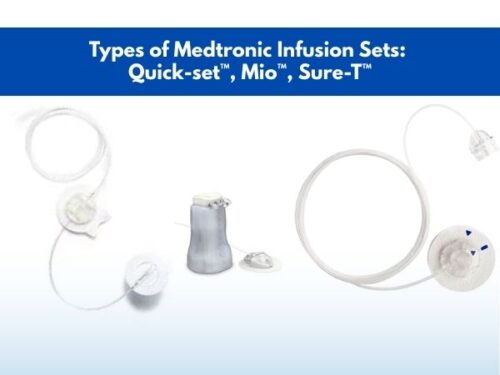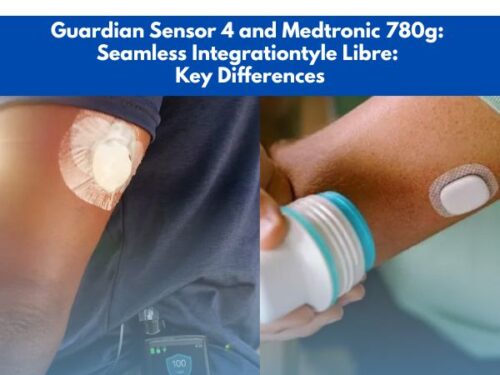How to Recognize and Respond to Infectious Mononucleosis Symptoms?

Among the viral infections that negatively impact the quality of life of a lot of people on an annual basis, infectious mononucleosis is often discussed due to the prominent symptoms linked to it. First recognized in the 1920s, the infection was known to elevate the levels of lymphocytes along with atypical mononuclear cells, thus the name mononucleosis.
In present times, according to some estimates, nearly 3 million people living in the United States get infected with mononucleosis-associated infectious agents on a yearly basis. But what exactly is mononucleosis? How is it caused? How can one be sure of its existence in the body and which measures should be adopted to get rid of it? This article answers all of these big questions regarding the mononucleosis infection so keep reading.
What is Mononucleosis?
Mononucleosis, also known as ‘mono’ or ‘glandular fever’, is an infectious disease that is caused by viral entities. The major causative agent is Epstein-Barr virus (EBV), a type of herpes virus, while cytomegalovirus is also responsible for a number of mononucleosis cases. Being contagious, the infection gets transferred from one person to another at a faster rate primarily via body secretions.
Therefore, one must not use cups, straws, toys, or toothbrushes that have been previously used by an infected person. Interestingly, mononucleosis is also termed ‘the kissing disease’ as it is also spread by the exchange of saliva during kissing or via semen during sexual intercourse. In addition, the disease can also affect anyone irrespective of their age and gender.
Symptoms of Infectious Mononucleosis
Once the EPV enters the body, it can either cause the disease at once after its incubation period of 4 to 7 days has passed or it can choose to stay latent only to become active later in life. In both these cases, the following symptoms are associated with mononucleosis infection:

-Extreme tiredness and fatigue
-Soreness of throat
-Appearance of white patches at the back of the throat
-Pyrexia (Fever)
-Head and body aches
-Loss of appetite
-Enlargement of lymph nodes or glands in the groin region, armpits, and neck area
-Muscle stiffness
-Pain and weakness of muscles
-Splenomegaly i.e. enlargement of the spleen
-Hepatomegaly i.e. enlargement of liver
Apart from these, some of the less common symptoms of mononucleosis include the following:
-Extremely severe headaches
-Sensitivity to light
-Troubled breathing
-Pain in the chest
Usually, children affected with mononucleosis have less pronounced symptoms than adults which makes it easy to treat them with antibiotics.
How to Recognize Infectious Mononucleosis Symptoms?
For proper recognition of the mononucleosis infection, no official screening tool is present. However, a doctor might follow the given diagnostic guidelines:
-Firstly, the patient’s health history is taken to check her or his overall health.
-A physical examination is done to identify the symptoms of mononucleosis infection.
-A monospot test is also needed to be run to check the presence of antibodies which are naturally prepared by the body as a defense mechanism against the Epstein-Barr virus. The accuracy of this test is 85%.
-White blood cells or lymphocytes in the blood are also quantified by doing a blood test. Their elevated levels indicate the presence of infection in the body.
Management and Treatment of Mononucleosis Infection
Once diagnosed, the next stage is to manage and treat the infection. Being a viral infection, there exist no particular medications for the disease. However, supportive therapy can be given which includes the following:
-The patient is asked to stay hydrated and use water and other nutritious fluids.
-Symptoms of mononucleosis infection can also be alleviated by taking proper rest.
-Non-steroidal anti-inflammatory drugs (NSAIDs) such as ibuprofen, naproxen, and acetaminophen can also be prescribed to minimize the pain, swelling, and fever associated with the infection.
-Throat soothers such as lozenges can also be used to reduce the pain and soreness in the throat. In addition, it is also recommended to gargle with salt water twice or thrice a day.
-If the patient feels breathing difficulties, steroid-based therapeutic options can also be prescribed.
-The patient is also asked to minimize physical activity as the pressure experienced by moving too much can elevate the risk of rupturing of spleen which is already enlarged. This practice should be kept up to four weeks even after the alleviation of infection.
Prevention of Mononucleosis Infection
To date, there is no vaccine that can give protection against mononucleosis infection, particularly against Epstein-Barr virus (EBV). The only way possible is to prevent getting infected by adopting good hygiene practices.
One must also avoid coming in contact either with the infected person directly or with her or his used items such as utensils, glasses, water bottles, syringes, etc. In case of mild symptoms, it is recommended to visit a physician near you to rule out or confirm the presence of mono-infection.
Keep in mind that early detection and timely initiation of the treatment can significantly reduce the suffering associated with the infection.

All kinds of medical devices, along with medical supplies, can be purchased from Health Supply 770, a reliable name when it comes to medical products. They have a 30-day money-back guarantee and provide your products to you in the shortest possible time.
Conclusion
Mononucleosis infection is one of the most commonly occurring viral health conditions in the US as well as in the world. It is transmitted from person to person through body fluids such as saliva, blood, and semen.
Despite the fact that prevalence is higher, treatment options available to date do not anti-viral medications. Similarly, the absence of a vaccine also renders the population vulnerable to the disease.
Therefore, people must adopt the recommended preventive measures to save themselves and their families from getting infected. After all, as it is famously said, prevention is better than cure.



















